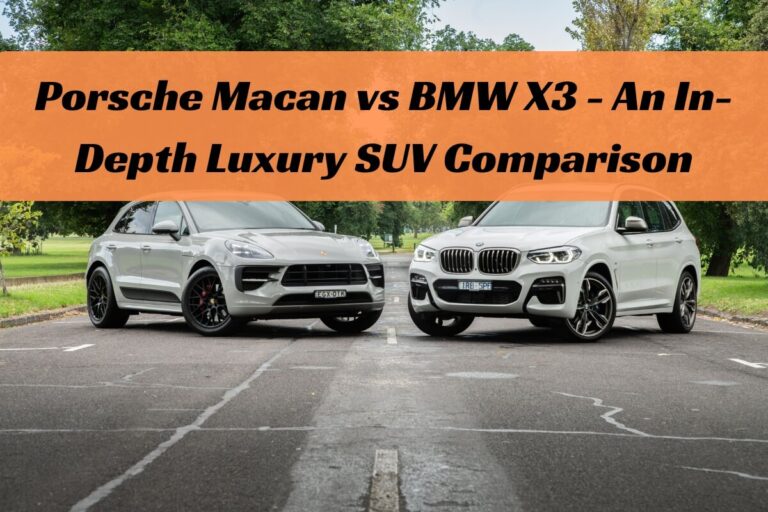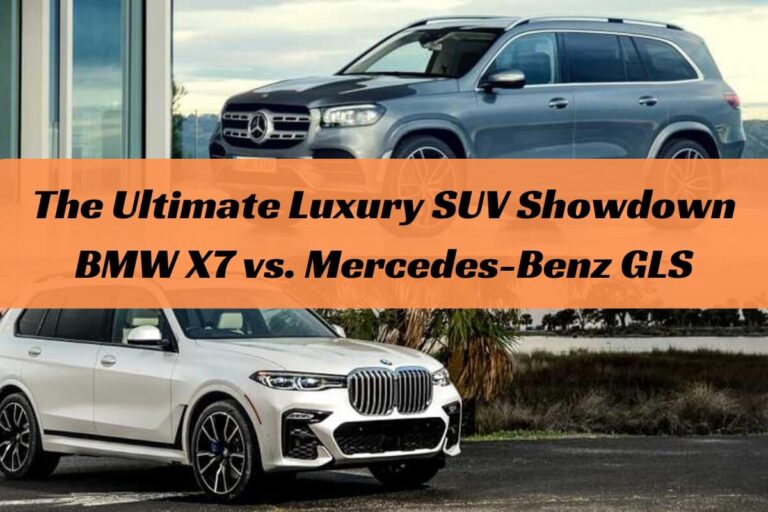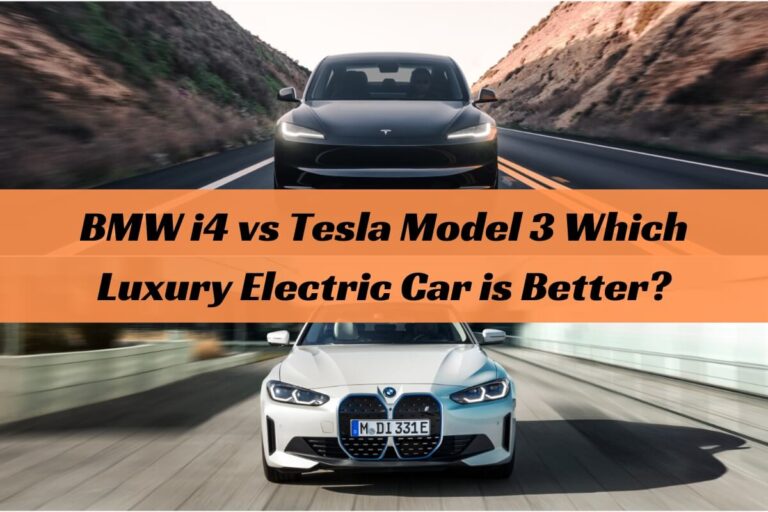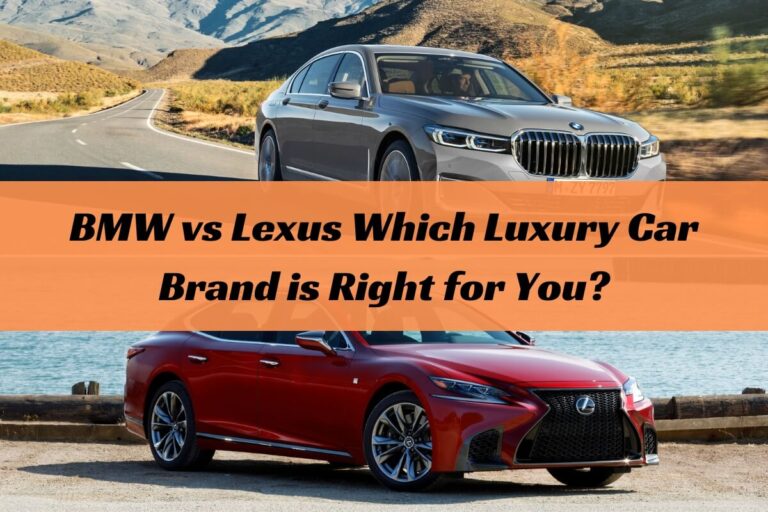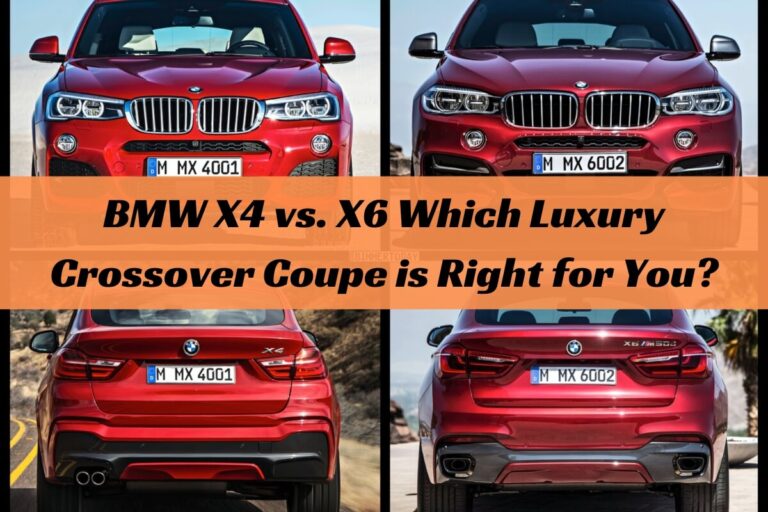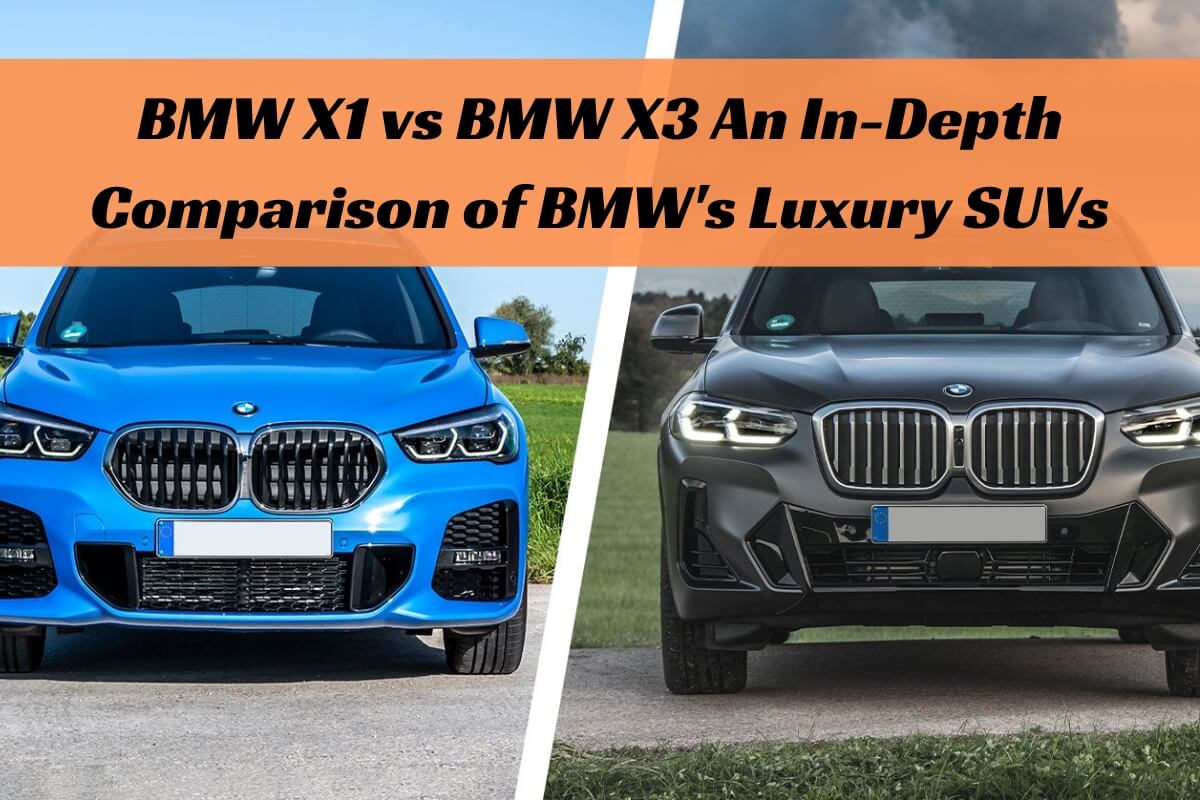
When it comes to luxury SUVs, BMW has a strong lineup that caters to different needs and preferences. Two models that often catch the attention of prospective buyers are the BMW X1 and the BMW X3. While both vehicles belong to the BMW family and share some similarities, they have distinct differences that set them apart.
So, which one should you choose – the BMW X1 or the BMW X3? The short answer is: it depends on your specific requirements in terms of size, performance, interior space, and budget.
Choosing between the BMW X1 and X3? This comparison breaks down the key differences in size, space, engines, performance, fuel efficiency, features, and price. We’ll help you decide which model fits your needs and preferences.
Exterior Dimensions and Design
One of the most noticeable differences between the BMW X1 and X3 lies in their exterior dimensions and design aesthetics. The BMW X1 is classified as a subcompact luxury SUV, while the BMW X3 falls into the compact luxury SUV category.
BMW X1 Dimensions:
- Length: 176.3 inches
- Width: 72.6 inches
- Height: 64.6 inches
BMW X3 Dimensions:
- Length: 185.9 inches
- Width: 74.4 inches
- Height: 66.0 inches
As you can see, the BMW X3 is larger than the X1 in all dimensions, giving it a more imposing presence on the road. The X3’s increased size translates to a more spacious interior, which we’ll explore in the next section.
In terms of design, the BMW X1 sports a sleeker and more urban-friendly look, with a sportier stance and a more compact overall appearance. Its design is tailored for those who prioritize agility and maneuverability, especially in city environments.
On the other hand, the BMW X3 embraces a more traditional SUV design language, with a muscular and rugged aesthetic. Its larger proportions and bolder styling cues give it a more commanding road presence, appealing to those who prefer a more substantial and authoritative SUV appearance.
Interior Space and Comfort
The differences in exterior dimensions between the BMW X1 and X3 directly translate to variations in interior space and comfort levels. As expected, the larger BMW X3 offers more generous accommodations for passengers and cargo.
Passenger Space:
- BMW X1: The X1 provides ample space for four adults, with 40.4 inches of front legroom and 37.0 inches of rear legroom.
- BMW X3: The X3 takes interior space to the next level, with 40.3 inches of front legroom and a more generous 36.4 inches of rear legroom, ensuring a more comfortable ride for rear passengers.
While both SUVs prioritize premium interior materials and upscale cabin appointments, the BMW X3 undoubtedly offers a more luxurious and spacious environment, especially for those who frequently travel with rear passengers or require more interior room.
One noteworthy feature of the BMW X1 is its sliding and reclining rear seats, which allow for increased versatility and enhanced comfort for rear occupants.
Cargo Capacity and Practicality
When it comes to cargo capacity and overall practicality, the larger size of the BMW X3 gives it an edge over the X1. Here are the cargo volume figures for both models:
BMW X1 Cargo Space:
- With all seats in place: 25.7 cubic feet
- With rear seats folded down: 57.2 cubic feet
BMW X3 Cargo Space:
- With all seats in place: 28.7 cubic feet
- With rear seats folded down: 57.2 cubic feet
As you can see, the BMW X3 offers slightly more cargo room with all seats in place, providing extra space for luggage, groceries, or other items. However, when the rear seats are folded down, both SUVs offer the same maximum cargo capacity of 57.2 cubic feet.
It’s important to note that neither the BMW X1 nor the X3 offers an optional third-row seat, limiting both models to a maximum seating capacity of five passengers.
In terms of towing capability, both SUVs are well-equipped to handle light to moderate towing duties, with the BMW X3 having a slight advantage due to its more powerful engine options.
Engine Options and Performance
Under the hood, the BMW X1 and X3 offer a range of powerful and efficient engine choices, catering to different performance preferences and driving styles.
BMW X1 Engine Options:
- 2.0-liter TwinPower Turbo inline 4-cylinder (228 hp, 258 lb-ft of torque)
- 2.0-liter TwinPower Turbo inline 4-cylinder plug-in hybrid (288 hp combined)
BMW X3 Engine Options:
- 2.0-liter TwinPower Turbo inline 4-cylinder (248 hp, 258 lb-ft of torque)
- 3.0-liter TwinPower Turbo inline 6-cylinder (382 hp, 369 lb-ft of torque) – X3 M Models
- 3.0-liter TwinPower Turbo inline 6-cylinder plug-in hybrid (288 hp combined)
As you can see, the BMW X3 offers more powerful engine choices, particularly in the high-performance M models, which deliver exhilarating acceleration and driving dynamics. The X3’s larger size and increased power make it a more capable performer, especially when it comes to overtaking or merging onto highways.
However, it’s important to note that both the X1 and X3 are designed to deliver the trademark BMW driving experience, with precise handling, responsive steering, and a well-balanced ride quality that prioritizes both comfort and sportiness.
Fuel Economy Ratings
In the realm of fuel efficiency, the smaller and lighter BMW X1 holds a slight advantage over the larger X3. Here are the official EPA fuel economy estimates for both models:
BMW X1 Fuel Economy:
- 2.0-liter TwinPower Turbo inline 4-cylinder: 25 mpg city / 34 mpg highway
- 2.0-liter TwinPower Turbo inline 4-cylinder plug-in hybrid: 56 MPGe combined
BMW X3 Fuel Economy:
- 2.0-liter TwinPower Turbo inline 4-cylinder: 23 mpg city / 29 mpg highway
- 3.0-liter TwinPower Turbo inline 6-cylinder: 19 mpg city / 26 mpg highway
- 3.0-liter TwinPower Turbo inline 6-cylinder plug-in hybrid: 57 MPGe combined
As you can see, the BMW X1 with its turbocharged 2.0-liter engine offers slightly better fuel efficiency ratings compared to the equivalent engine in the larger X3. However, it’s important to note that the higher-performance engine options in the X3 lineup will naturally consume more fuel due to their increased power output.
For those prioritizing maximum efficiency, the plug-in hybrid variants of both the X1 and X3 provide impressive MPGe ratings, allowing you to minimize fuel consumption and emissions, especially for shorter commutes and city driving.
Standard and Available Features
Both the BMW X1 and X3 come well-equipped with a comprehensive suite of standard features befitting their luxury status. However, there are some notable differences in terms of available options and higher trim levels.
Standard Features (Base Models):
- BMW X1: LED headlights, power liftgate, Apple CarPlay/Android Auto, BMW iDrive infotainment system, power front seats, and more.
- BMW X3: Similar standard features to the X1, with the addition of a panoramic moonroof and tri-zone automatic climate control.
Available Options and Higher Trims:
- BMW X1: Upper trims like the X1 M Sport offer sportier exterior styling, upgraded interior materials, and more advanced technology features like a Head-Up Display and Gesture Control.
- BMW X3: The X3 lineup offers more diverse trim levels, ranging from the luxurious X3 xDrive30i to the high-performance X3 M models. Higher trims bring additional luxury appointments, such as premium sound systems, advanced driver assistance features, and more powerful engine options.
While both SUVs offer a wide range of available features and options, the BMW X3 generally has a more extensive lineup of trim levels and packages, catering to a broader range of preferences and budgets. This allows customers to tailor the X3 to their specific needs, whether prioritizing luxury, performance, or advanced technologies.
Pricing and Value
When it comes to pricing, the BMW X1 serves as the more affordable entry point into the BMW SUV lineup, while the larger X3 commands a premium price tag, reflecting its increased size, power, and feature offerings.
BMW X1 Pricing:
- Base Model (X1 sDrive28i): Starting MSRP of around $38,600
- Higher Trims (X1 M Sport, X1 xDrive28i): Prices ranging from $41,600 to $45,600
BMW X3 Pricing:
- Base Model (X3 sDrive30i): Starting MSRP of around $45,400
- Higher Trims (X3 M40i, X3 M): Prices ranging from $57,200 to $70,100
It’s important to note that these prices can quickly escalate as you add optional packages, advanced features, and higher-performance engine options to either model. However, the BMW X1 remains the more affordable choice for those seeking the BMW luxury experience within a more accessible price range.
When considering value, both the X1 and X3 offer a compelling blend of luxury, performance, and advanced technologies that are synonymous with the BMW brand. The decision ultimately comes down to balancing your specific needs, preferences, and budget constraints.
The Verdict: Which One Should You Buy?
After exploring the key differences between the BMW X1 and BMW X3, it’s time to determine which model might be the better fit for your lifestyle and requirements.
For Urban Dwellers and Efficiency: The BMW X1
If you primarily navigate city streets and value a more compact, agile, and fuel-efficient luxury SUV, the BMW X1 could be the ideal choice. Its smaller size and nimble handling make it well-suited for urban environments, while its reasonable pricing and impressive fuel economy ratings make it a practical choice for daily commuting or weekend getaways.
For More Space, Power, and Comfort: The BMW X3
On the other hand, if you prioritize interior space, increased cargo capacity, and a more powerful driving experience, the BMW X3 emerges as the clear winner. Its larger cabin, generous legroom, and potent engine options make it an excellent choice for families or individuals who frequently transport passengers or gear. Additionally, the X3’s more substantial road presence and diverse trim levels cater to those seeking a true luxury SUV experience.
Ultimately, the decision between the BMW X1 and BMW X3 boils down to your specific needs and preferences. Both SUVs offer the exceptional build quality, performance, and luxury features that BMW is renowned for, but they cater to different segments of the luxury SUV market.

